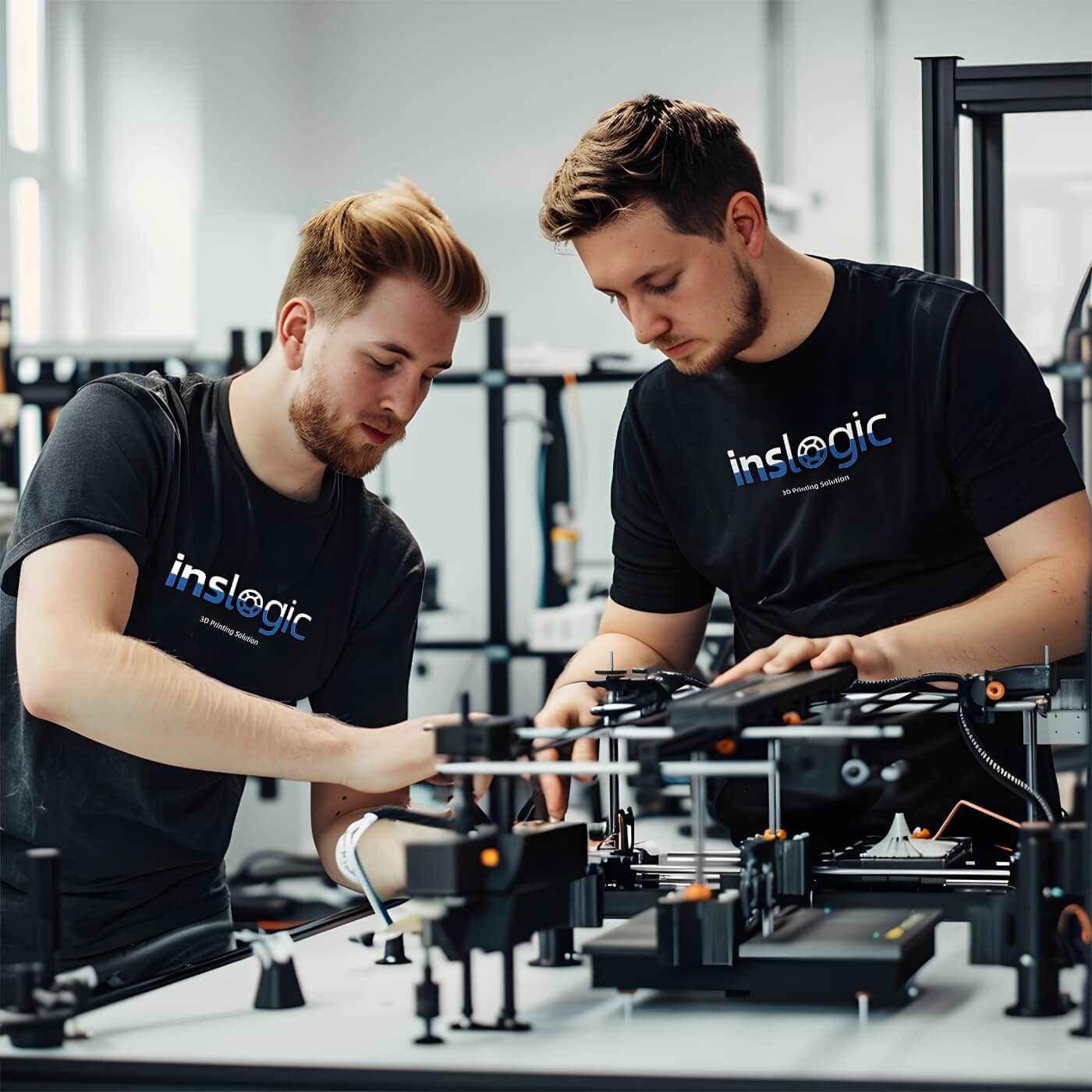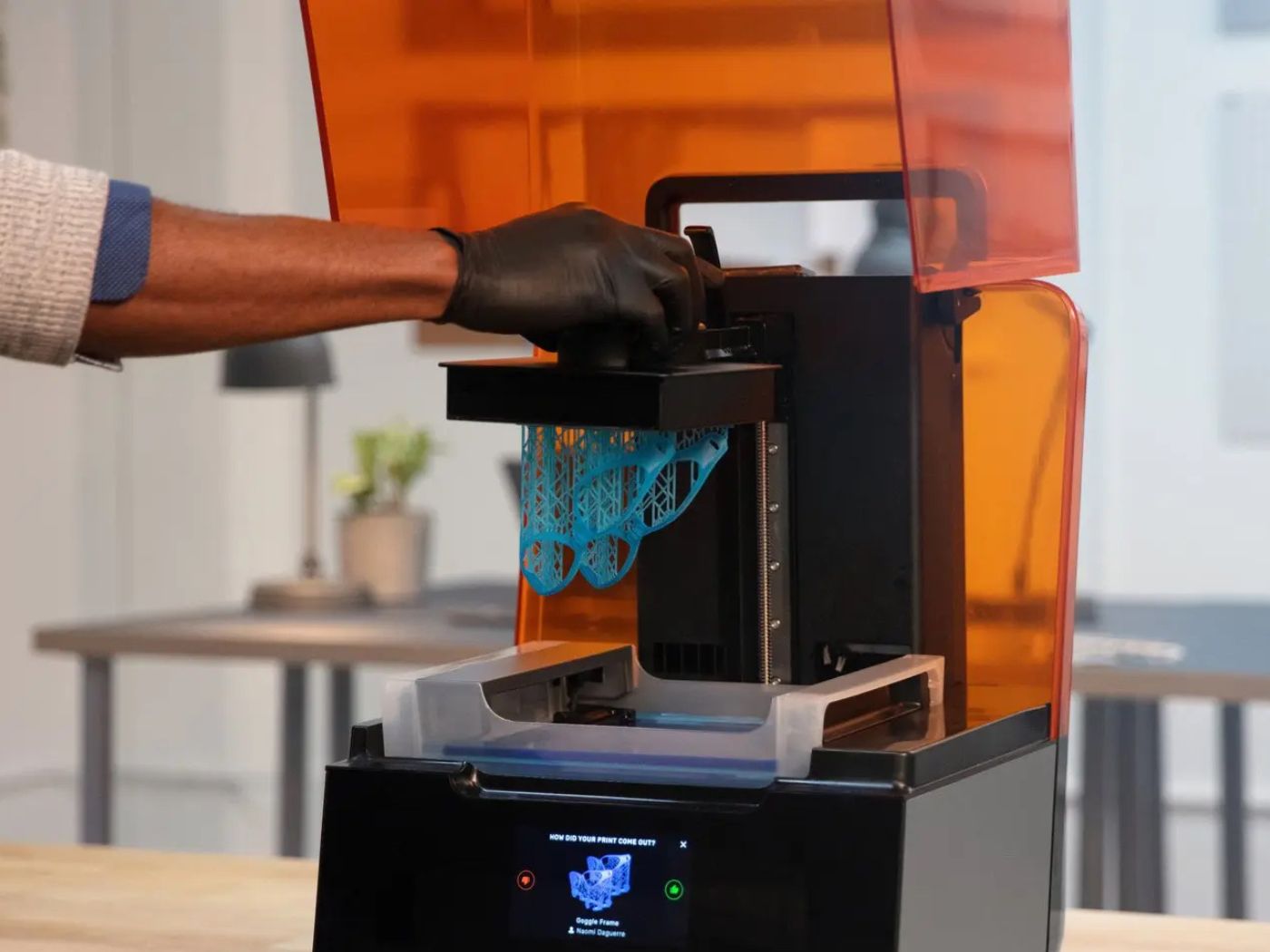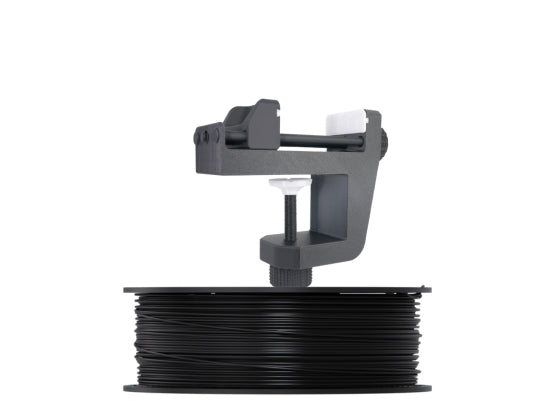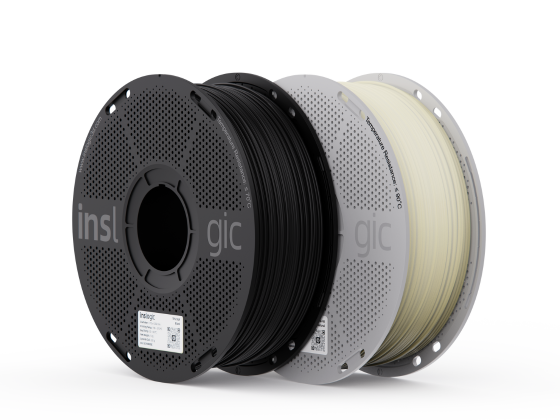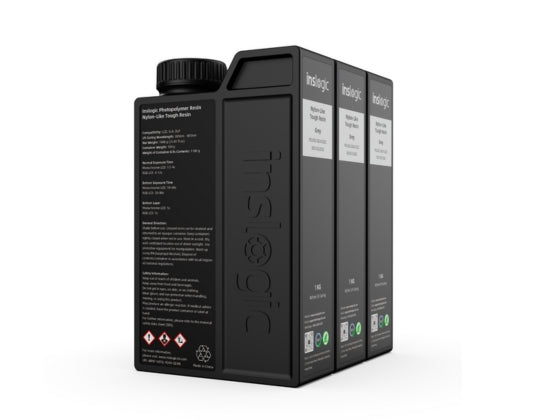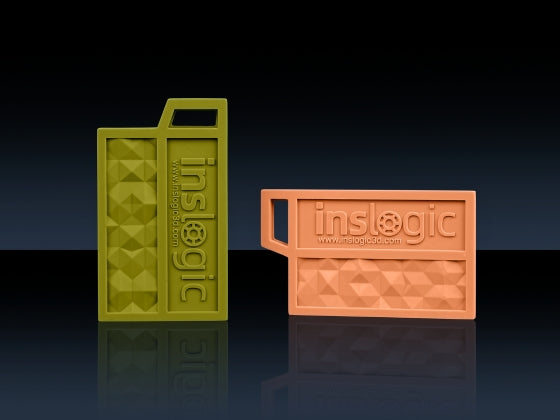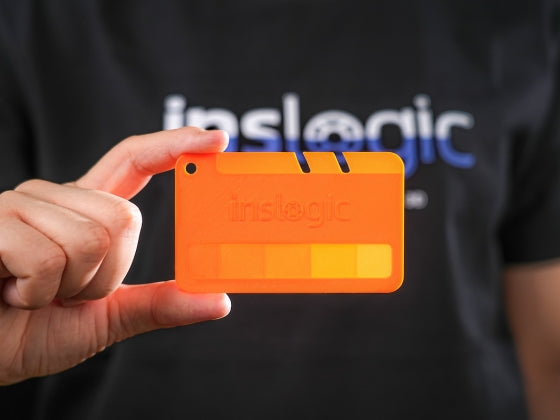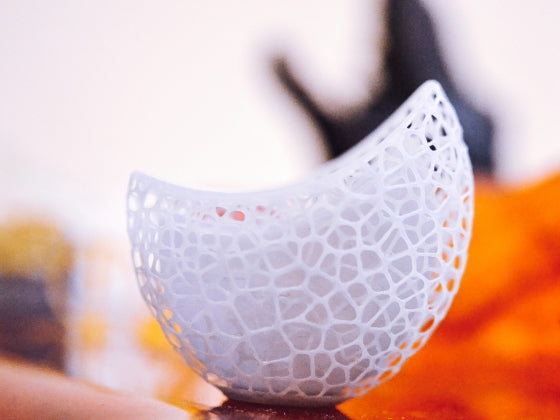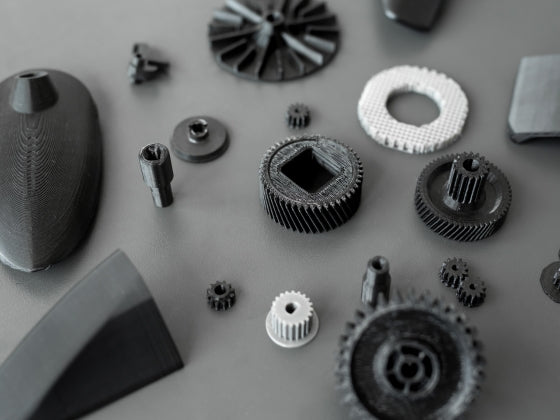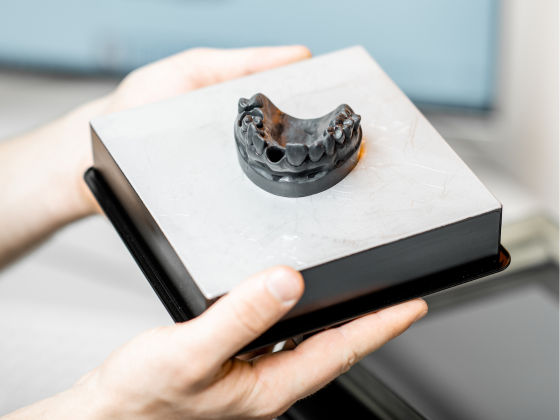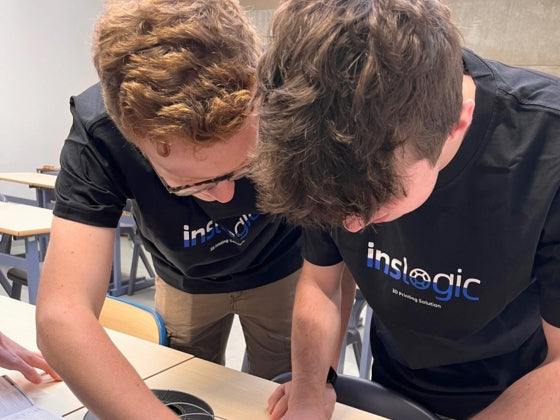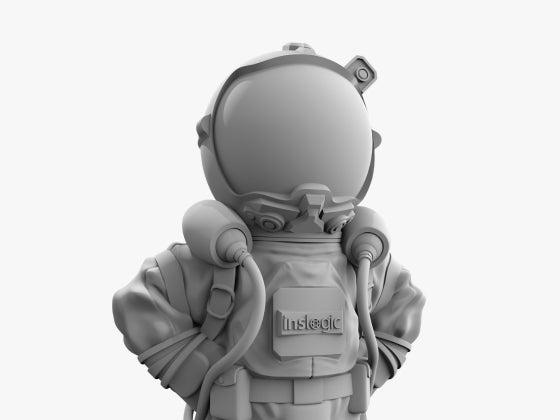Resin printing opens up new possibilities for engineers, designers, artists, and hobbyists who seek to produce high-quality, intricately detailed objects with smoother finishes, unattainable through filament-based fused deposition modeling (FDM) printers. Resin 3D printing involves using a liquid resin material that cures under UV light to create objects.
In this article, our focus will primarily be on mainstream desktop resin 3D printing, delving into its advantages, applications, printing process, and drawbacks. Whether you're a seasoned professional or an enthusiastic beginner in the realm of 3D printing technology, we aim is to provide you with valuable insights.
What Is Resin 3D Printing?
Resin 3D printing is a photopolymer, also referred to as stereolithography (SLA) or digital light processing (DLP). Small businesses or hobbyists tend to use Liquid Crystal Display (LCD) technology. It reacts to light or solidifies upon contact with light, enabling layer-by-layer curing of a liquid photopolymer resin using UV light.
While a DLP projector projects a UV light pattern onto the entire layer of resin, curing it all at once, SLA selectively solidifies the resin by tracing the shape of the object onto the resin's surface. The build platform is lowered after each layer has dried, and the process is repeated until the entire object is finished. The final product is then post-processed to remove excess resin and harden the material, involving washing and curing.
In the case of LCD resin printing, ultraviolet light solidifies the image, creating the slice in the resin layer. LCD printers also have the capability to print each layer all at once, providing them with the same speed advantage as DLP printers. However, the print size and quality are limited by the resolution, size, and pixel density of the LCD panel.
Resin printing typically takes longer but produces higher quality, detailed prints. It comes in three main variations:
- Stereolithography (SLA)
- Digital Light Processing (DLP)
- Liquid Crystal Display (LCD) also called Masked Stereolithography (MSLA)
 Source: Weerg
Source: Weerg
Top Advantages of Resin 3D Printing
Resin 3D printing is favored by many 3D printing enthusiasts and professionals because of its exceptional detail, accuracy, and smooth-surfaced prints. Key advantages include:
- Great details. Photopolymers are loaded into a printer as a liquid, making them easier to shape in complicated geometries than melted plastics.
- Smooth surface. While layer lines are still present in resin printing, they are comparatively small and nearly invisible, especially on certain colors of resin.
- Wide variety of materials. The market range of resins covers all common applications and needs, with the list growing rapidly. Each photopolymer resin consists of essential components for the reaction and additives like dyes, offering both visual and functional enhancements.
- Fast Printing. Resin 3D printing provides rapid prototyping capabilities, enabling designers and engineers to quickly iterate and test their designs.
- Lower costs. Thanks to improved 3D printing technology, resin printing is more cost-effective than ever before, especially for custom dental devices and master models for jewelry.
Resin 3D Printing Applications
Thanks to the variability and flexibility of resin, there is a wide range of materials and technologies suitable for many industries and tasks.
Resin 3D printing is ideal for applications where high detail, fine surface finishes, and complex geometries are crucial, allowing you to transform your ideas into tangible objects. It is commonly used in industries like jewelry, dentistry, engineering, miniatures, game pieces, and more. On the other hand, filament-based 3D printing is suitable for rapid prototyping, functional parts, and larger-scale projects in industries such as automotive, aerospace, and consumer goods.
Resin 3D Printing Process
1. Using Slicing Software.
Once the 3D model is designed, it needs to be transferred to slicing software for printing preparations. This slicing software uses algorithms to create individual layers of the 3D model based on the chosen printing process and material. The more detailed the object, the more layers it will have.
Many slicing software options, such as Lychee and CHITUBOX, offer an intuitive user interface and advanced features like automatic support generation and remote monitoring to simplify even the most complex tasks. They facilitate scaling from prototyping to full-scale production by slicing thousands of layers, generating supports, simulating and validating the build process, and then creating the file for the 3D printer.
2. Print the Object
Once the slicing software has completed its job, it’s time to print the 3D model on a 3D printer (such as Formlabs, Elegoo, Creality, Anycubic, and Phrozen). We pour the resin into a vat and place the build platform.
The 3D printer then uses a light source to cure the resin layer by layer until the desired object is completely printed. Printing is entirely automatic; once you hit print, you can walk away and come back to a completed part. This greatly improves worker productivity.
It's still important to note that different resin printing technologies have varying curing times, as well as different temperature and pressure requirements. It is suggested to consult with your printer company and material supplier for recommendations and suggested settings.
3. Post-processing
This step involves removing any excess material (support) from the print and ensuring it's aesthetically pleasing. It also includes sanding off rough edges and applying paint or coatings for better durability. Although this step is essential for producing an amazing 3D print, it can be time-consuming. Finally, you can cure it with UV light as intended.

Resin Printing Drawbacks
Here are some of the resin printing drawbacks:- Limited printing size. The maximum size of an object that can be printed using a resin 3D printer is typically smaller than with an FDM (fused deposition modeling) printer.
- Complex procedure. While high resolutions are possible, the final result depends on part design, slicer settings, resin and post-processing.
- Toxic components. When printing, the resin used releases poisonous fumes that, if not properly ventilated, could be dangerous.
- Mandatory post-processing. The object must be washed, dried and cured before it is truly complete. This process can be messy and time-consuming.
- Limited shelf-life. Due to the resin's limited shelf life and the potential for deterioration over time, prints may not turn out as expected, leading to resource wastage.
- Many support structures. Resin printing requires more supports, which may affect the appearance of the miniature if not handled properly.
- Higher cost. Compared with FDM, the costs of resin printing are much higher.
Resin 3D Printing Safety Notes
Most resins are toxic, so it’s important to handle resin with precautions. Here are a few safety tips for resin 3D printing:
1. Use a Ventilated Space
Due to the materials used in the printing process, builders should set up the 3D printer in a well-ventilated area or use an enclosed 3D printer with a built-in ventilation system.
2. Avoid Direct Contact With Any Uncured Resin
Uncured resin can be harmful if it comes into contact with the skin and eyes. Always wear protective gloves, eye protection, and a mask when working with uncured resin or cleaning 3D-printed parts.
Inslogic photopolymer resins compatible with LCD, SLA, and DLP 3D printers operating within the 385-405 nm wavelength range. We aim to enhance your upcoming project with our resin 3D printing solution, which delivers collections with low odor, precision, and minimal shrinkage. We highly suggest that you review the Safety Data Sheet (SDS) of each product before printing.
In conclusion, the world of 3D printing has expanded with the advent of resin 3D printing technology. As technology continues to advance, it's clear that resin 3D printing will play a crucial role in shaping the future of prototyping, product development, and creative expression. Understanding the nuances of resin printing can open up a world of possibilities for innovation and creativity, bringing your ideas to life.

